Throwback Thursday is when we trawl through the That's archives for a work of dazzling genius written at some point in our past. We then republish it. On a Thursday.
By Marianna Cerini
At the 2012 Beijing Auto Show, a model dressed in a revealing gown made national headlines. Nothing new there, perhaps, yet it wasn’t the amount of flesh on display that attracted attention, but the details of her bejeweled dress, set with more than 10,000 diamonds said to be worth hundreds of millions of yuan. The tacky marketing exercise held a mirror up to the moneyed Chinese classes’ ever-growing appetite for bling.

The 2012 Beijing Auto Show
Despite its relative youth, China’s diamond industry has seen tremendous growth over the last two decades. Total trade of diamonds in the country rose USD4.71 billion in 2011, making it the second-largest gem-consuming market after the US. It is poised to overtake America by 2016.
The country is also the second largest diamond-processing country in the world after India. Shenzhen currently produces over 70 percent of the nation’s jewelry products, but gemstone factories in Guangzhou are
also ramping up their ambitions, eyes sparking with lucrative domestic sales potential. Impressive statistics for a nation that used to be all about jade, pearls and gold.
Launched in the late 1980s with the establishment of the first diamond processing enterprises in Shandong and Guangdong Provinces, the industry started to pick up pace in the 1990s in tandem with economic growth. But it was the arrival of De Beers in 1993, with its ‘A diamond is forever’ TV commercials and wedding sponsorships, that raised the covetable status of diamonds.
“Following De Beers’ foray into the country, the Chinese began buying diamonds like never before,” says Martin Rapaport, founder of the Rapaport Diamond Report, the industry bible of global diamond pricing. “The demand for precious gemstones heated up at a very fast-growing rate and the market kept booming even as the financial crisis hit.”
Chinese wedding culture changed, an engagement ring with sparkly gemstone becoming de rigueur for many Chinese couples. With more than 10 million couples getting married in China each year, the country became a premier market for the world diamond industry.
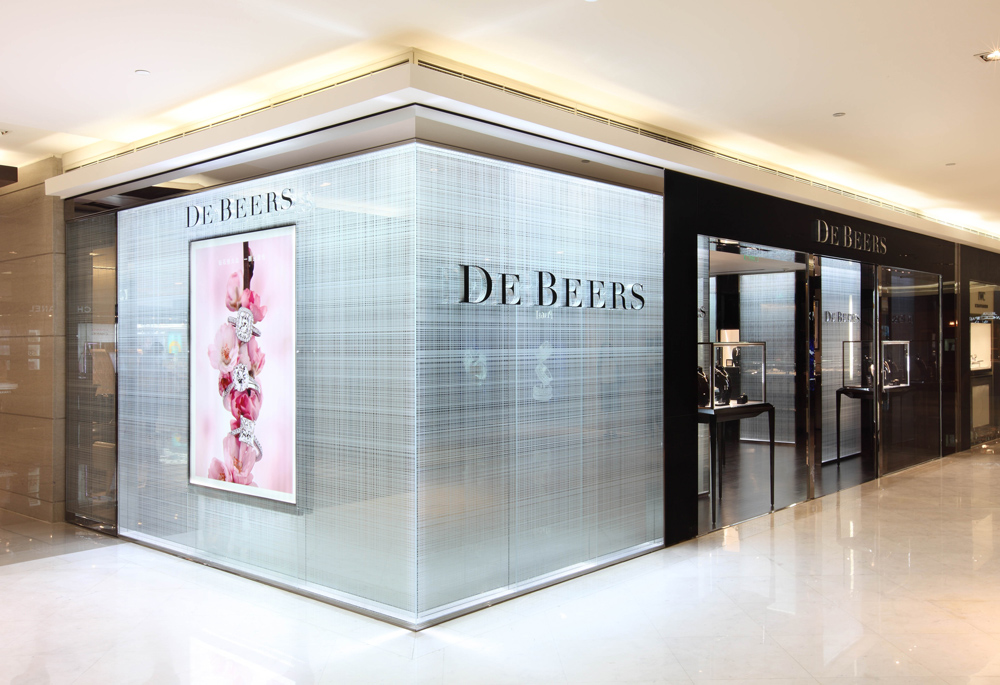
De Beers' flagship store in Beijing
Tiffany & Co., Cartier and other Western luxury brands quickly joined De Beers in making in-roads into the country, alongside Hong Kong companies Chow Tai Fook and Chow Sang Sang and local names like Lao Feng Xiang.
While the market’s initial boom has slowed a little, its growth is far from over, with 50,000 jewelry brands nationwide and a sector that employs three million people and is rapidly expanding to third-, fourth- and fifth-tier cities.
Although the backbone of the market, weddings are not the only reason behind the diamond rush. With the increase of disposable income, middle class women have taken to splurging on the pretty sparkles too – often as a self-reward. Diamonds have turned into the ultimate status symbol, regardless of whether one is single or in a relationship.
"Chinese wedding culture changed, an engagement ring with sparkly gemstone becoming de rigueur for many couples"
China’s gift-giving culture has also played a big role in the boom. According to consulting firm Bain & Co, personal and business gifts account for 25 percent of luxury sales in the PRC, with diamonds and jewelry being the top choice. “And then there are the investors, who are looking for places to park their money,” says Rapaport.
Local retailers have fueled demand too, making the country a major hub for the wholesale sector. In the space of a few years, countless foreign wholesalers have set up offices here, with Israel, India and Belgium currently the biggest sellers in the market.
It was only fitting then, that money-magnet Shanghai was the city of choice for the diamond trade. The Shanghai Diamond Exchange (SDE), the nation’s only diamond bourse, opened in 2000, with two floors in the World Financial Center. Nine years later, the explosion in trading volumes meant it needed to move to a 15-story building on Century Avenue.
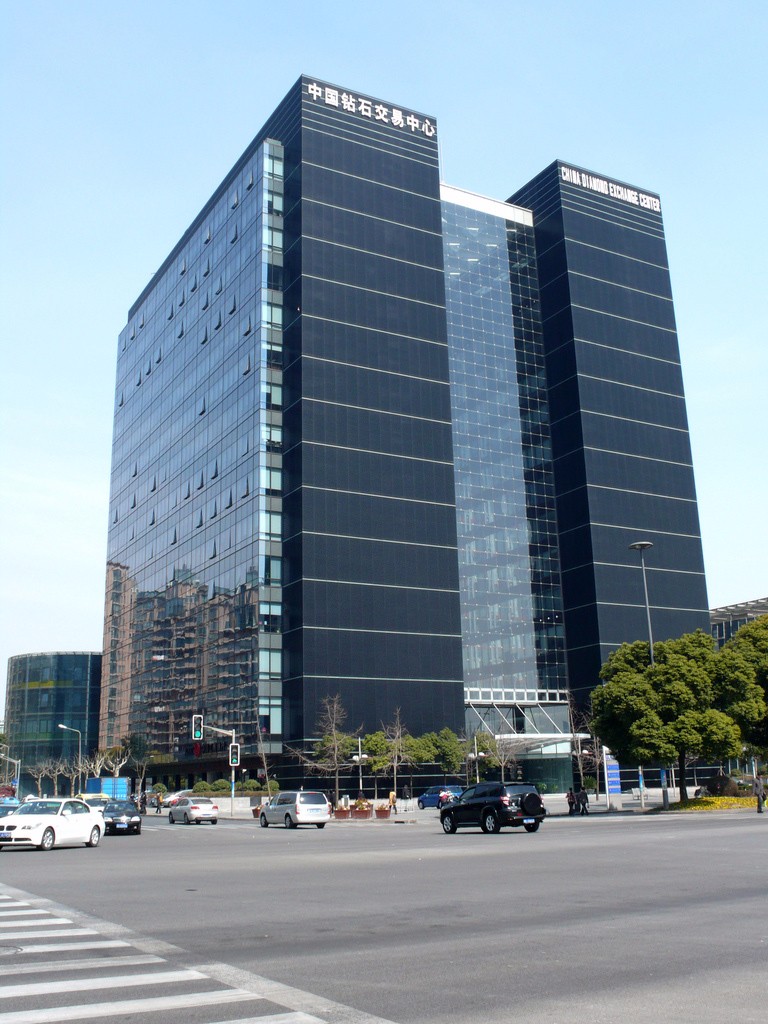
Shanghai Diamond Exchange (SDE), the nation’s only diamond bourse, opened in 2000
“Competition has grown at an incredible pace,” says Sangita Shah, owner of Indian wholesale company Sudi Diam, from her office space in the Exchange, a glass high-rise featuring diamond-shaped elements. “Every month there’s a new firm setting up business. We’re almost getting to saturation point, where the supply exceeds the demand.”
Shah, who has worked in the industry here for the last 12 years, notes that while sales and imports have stayed strong, there’s an overall slowdown in the evolving market. “Chinese consumers are focusing more on getting to know their diamonds and expanding their tastes.”
A few years ago, China’s new elite were mainly focused on superior cut diamonds. They now have a growing interesting in a wide range of stones, including low color and different size gems.
“There’s a division in the market,” says an Israeli wholesaler, who requested to remain nameless. “While some buyers are after the expensive stuff and the 4Cs - cut, carat, color and clarity - that fundamentally determine a stone’s value, others just want to own a precious gem because diamonds are in fashion. They don’t care about the actual quality of it. More often than not, it’s just all about the price, particularly in Beijing.”
"While some are after the 4Cs - cut, carat, color and clarity - that determine a stone’s value, others just want to own a diamond because they are in fashion."
She says that consumer tastes change all the time. “It depends on the season and trends. Each year is different, although they seem to prefer stones less than one carat, rigorously white. What stays the same is how they buy – they often purchase the same thing as their friends.”
With all these wealthy and willing consumers, China’s dash for diamonds has put some gleam back into the gem business, reigniting many diamond brands whose sparkle had lost luster during the economic crisis. In an increasingly crowded and combative retail battleground, jewelry giants are pulling out all the stops to find ways to stand out.
In May 2012, Van Cleef & Arpels brought an exhibition of 370 rare pieces from its archives to the Shanghai Museum of Contemporary Art. Bulgari did the same the year before, with a retrospective first showcased at the National Museum of China in Beijing.
Harry Winston flew in Gossip Girl stars Leighton Meester and Ed Westwick for the opening of its Shanghai flagship, while - not to be outdone - De Beers invited a flurry of Chinese celebrities, including actress Shu Qi, to the launch of its fourth China store in the city.

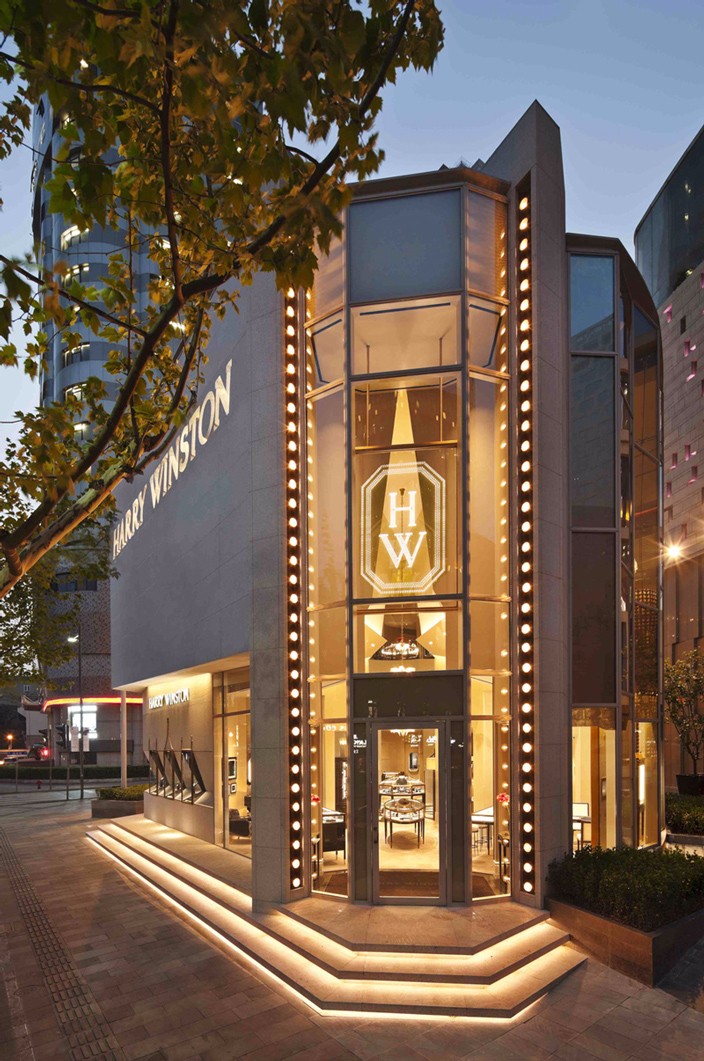 Harry Winston flew in Gossip Girl stars Leighton Meester and Ed Westwick for the opening of its Shanghai flagship
Harry Winston flew in Gossip Girl stars Leighton Meester and Ed Westwick for the opening of its Shanghai flagship
“There’s a strong trend toward branding in China,” says Rapaport. “These companies have to compete with local names that often have a much stronger impact on the consumer as they understand Chinese taste better. Chow Tai Fook is a case in point.”
Often referred to as the Tiffany & Co. of China, Hong Kong brand Chow Tai Fook is China’s biggest jewelry retailer and a household name. The powerhouse has opened over a thousand stores nationwide since its first Beijing store in 1998, and plans to open a further 200 every year.
“Companies like Chow Tai Fook are the real future of the diamond industry in China. They are local, trusted and respond to both the mass luxury segment and high-end clientele,” he continues. “Chow Tai Fook moved to secondary cities way before Western brands. And that’s where the action is soon going to be at.”
Second- and third-tier cities may also prove to be a critical market for a relatively new trend heading East: branded fine jewelry. A growing number of luxury houses - Louis Vuitton, Ferragamo, Versace and Gucci among them - have moved into the jewelry sector and set their sights on the minor metropolises, where brand knowledge and loyalty is relatively low and big-name bling may have an easier time grabbing new customers.
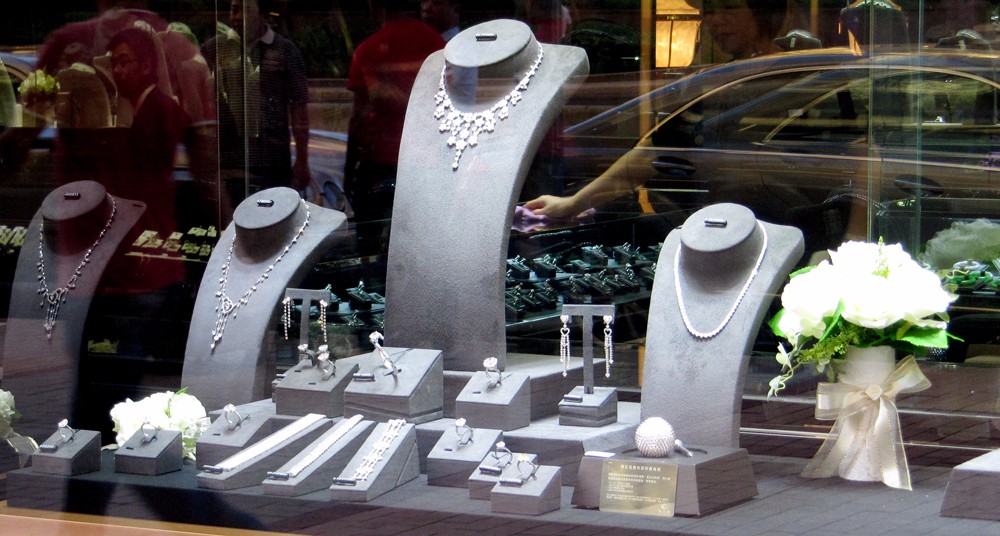
China’s dash for diamonds has put some gleam back into the gem business, reigniting many diamond brands whose sparkle had lost luster during the economic crisis
Even online portals are vying for a slice of the carat cake, springing up by the dozen to extend diamond shopping beyond major cities to a vast web populace. There are over 2,000 jewelry sale websites in China, with new ones coming up weekly.
Marketing themselves as ‘affordable Tiffanys,’ brands like Zocai.com, Zbird and 9 Diamond have adopted a ‘website-plus-showroom’ sales model, where they can offer much lower prices than traditional shops. Online sales account for about five percent of the total diamond market at present, but are expected to grow to 20-30 percent in five years. With 450 million netizens and counting, the prediction might just be right.
“China is becoming an eternally consuming nation,” says Rapaport. “And diamonds are a luxury everyone covets.”
The diamond industry has plenty of reasons to make China its new best friend.
This article first appeared in the January 2013 issue of That's Shanghai. To see more Throwback Thursday posts, click here.






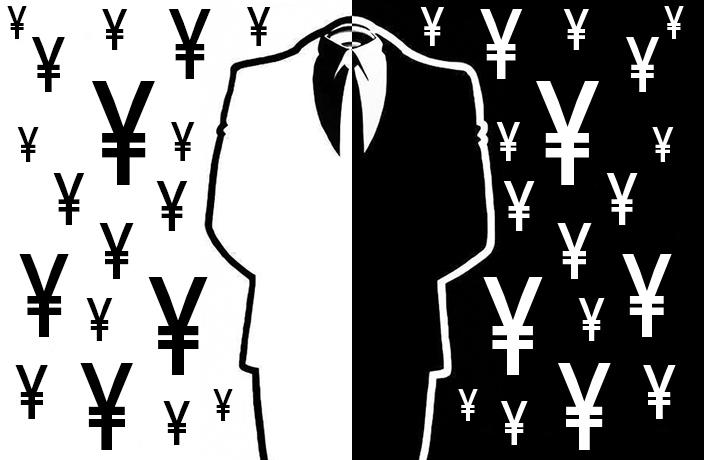
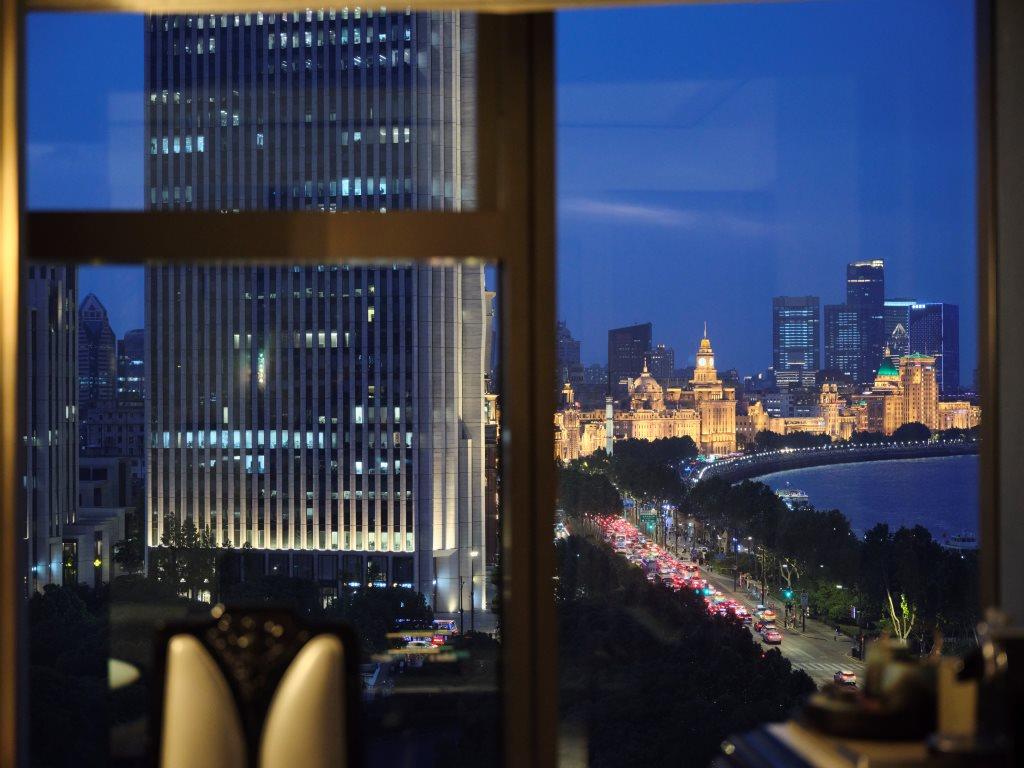













0 User Comments